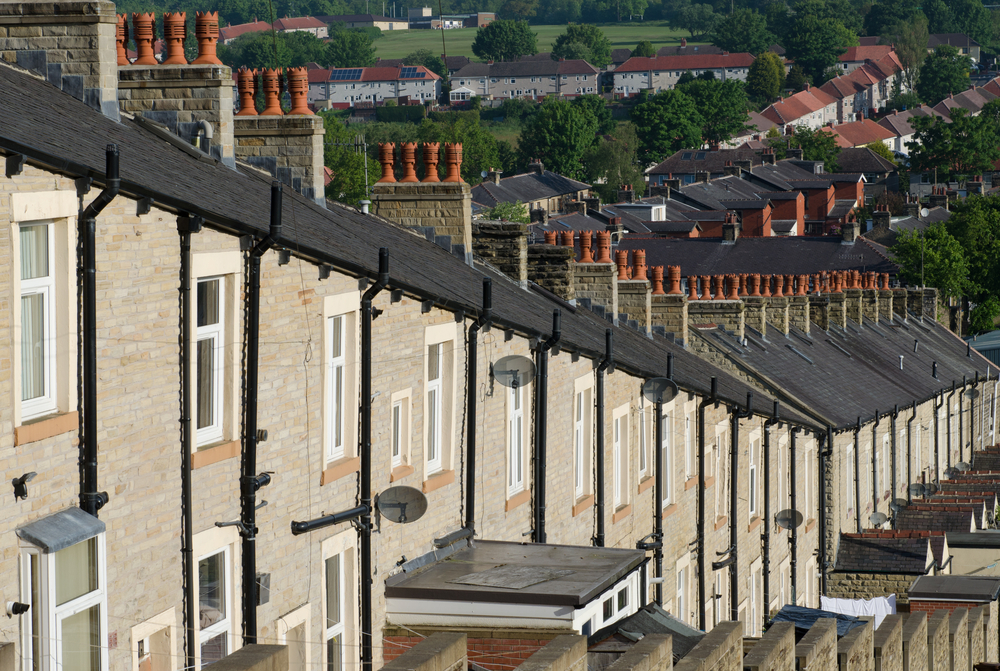
That is risky as there is no guarantee humanity will be able to extract enough excess emissions from the atmosphere to bring warming back under control. Current scientific models put the likelihood of that at 50 per cent.Overshooting the 1.5°C threshold increases the risk that key climate ‘tipping points’ will be breached, triggering a wave of irreversible shifts in the environment in a climate domino effect.
To avoid overshooting 1.5°C, global emissions must peak before 2025 and fall by 43 per cent by the end of the decade, the Intergovernmental Panel on Climate Change (IPCC) said.The UN Secretary General described the IPCC’’s report as “a file of shame, cataloguing the empty pledges that put us firmly on track towards an unlivable world.” He said it outlined “a litany of broken climate promises”. It’s strong stuff.
The IPCC thinks such rapid emissions reduction is technically possible – but would rely on fossil fuel use falling substantially, the electrification of transport, and the rewiring of electricity grids to rely more heavily on renewables. Forests must also be left standing.Clearly, it is time to stop burning the planet and I am pleased to say that the UK is one of 18 countries to have cut its greenhouse gas emissions every year for at least 10 years, with emissions falling more than 40 per cent by 1990.
Lenders have been playing their part in the fight to combat climate change. By way of example, we’ve seen a massive growth of green mortgages. Research from Mortgages for Business suggests there are now 355 green BTL mortgages available. Green buy-to-let products now make up 15% of all buy-to-let mortgage products across the market, showing a drastic shift in priorities. Lender choice means landlord borrowers have more options than ever if they want to make their properties greener.
But lenders must prepare for the results if we do not get off the fast track to climate disaster. After all, even the UK’s progress in cutting emissions is slowing and its independent climate advisors warn the country is off track to meet its goal of net zero emissions in 2050.Lenders need to start screening their property transactions for risks represented by climate change.
To some extent, this is already possible – at least when it comes to commercial property. Just this week, we announced that we are supporting Santander to screen for ongoing environmental and climate change risks for their UK commercial property business. In conjunction with Santander, we have designed a four-tier risk assessment of environmental liability, loan security risks, and the potential effects on property values. We think the report, Siteguard Climate, is the first to provide a major bank with an assessment on the physical climate risk from flooding today and in the medium term.
Mandating screening for climate change threats to every commercial property transaction for up to 30 years in the future won’t fix the problems created by climate change. But lenders can, at least, gain comfort that they are not exposing themselves to risks associated with climate change. Sophisticated, high-level data screening tools offer greater understanding of the financial effect of mitigating the impact of climate change on commercial property.
To meet that objective, lenders will need to consider how to provide a friction-free system for adverse reporting – ideally in partnership with their panel of conveyancers. For screening to work, lenders and conveyancers need to ensure they can access an effective analysis of environmental and transitional risk.
While lenders have undertaken some back book analysis, they have only done so for compliance on overall stress test leverage. And even then, they’ve only looked at the here and now – not how properties will be affected in the future.
This must not become a box-ticking exercise. Loans against properties that will be affected by climate change could be the new subprime mortgages. Their values will fall. Equity will be lost. Extending credit on properties that will be worth so much less within 25 years can do more harm than good. We know lenders want to extend loans to as many commercial borrowers as possible. By accounting for environmental risks, and the potential cost to remedy a property in the face of those threats, banks can lend with confidence as we, hopefully, transition to a cleaner future.
David Kempster is a director at Groundsure



